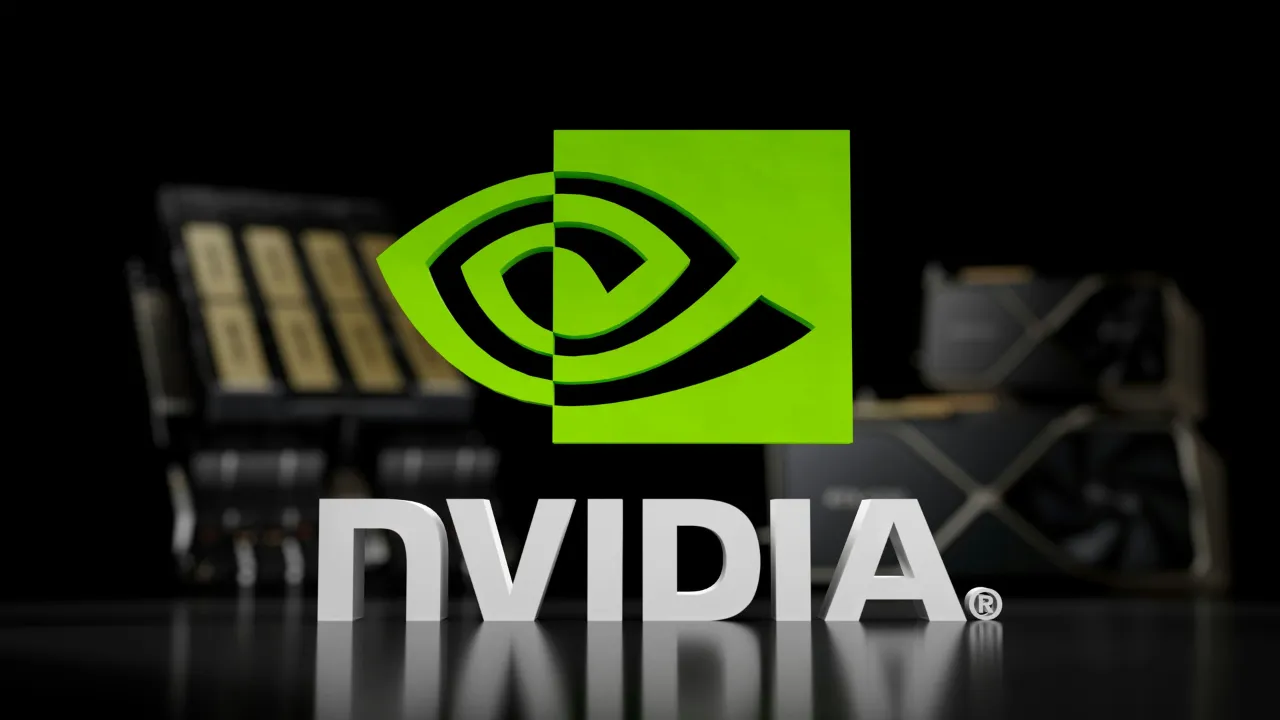NVIDIA becomes the world’s first $5 trillion company — what it means and why it happened
On October 29, 2025, NVIDIA crossed a historic threshold: it became the first publicly traded company to reach a market capitalization of $5 trillion. The milestone — driven largely by surging demand for AI hardware, strategic partnerships and a strong earnings outlook — marks a turning point in how markets value companies that sit at the center of the generative AI economy.
Why NVIDIA’s $5 trillion milestone matters
The headline number is important because it reframes how investors and the public perceive the scale of modern tech winners. A $5 trillion market cap places NVIDIA above many national economies and makes it larger than nearly every corporation in history. That magnitude signals investor conviction that NVIDIA’s products—especially its GPUs and AI accelerators—are essential infrastructure for the AI era.
From GPU maker to AI platform leader
NVIDIA’s rise hasn’t been accidental. The company transformed from a graphics-chip specialist into a core provider of AI compute, software stacks (like CUDA and AI frameworks), and data-center solutions. Institutional demand for its Blackwell and Hopper-class chips, plus software services and enterprise partnerships, has driven revenue growth and margin expansion—factors investors reward with higher multiple.
The short timeline of a rapid ascent
NVIDIA’s climb was swift. The company went from roughly $2 trillion in market value in early 2024 to clearing $4 trillion in mid-2025, and then to $5 trillion on October 29, 2025. That narrowing of time between milestones reflects an acceleration of AI spending by hyperscalers, cloud providers and large enterprises that need vast GPU capacity for model training and inference.
Market reaction and share-price highlights
On the day the milestone was hit, NVIDIA shares traded above the $200 mark (reports cite intraday highs around $207–$212), which, when multiplied by the company’s outstanding shares, translated to a market value just over $5 trillion. The stock has delivered enormous returns to long-term holders since AI took center stage in late 2022 and 2023.
What’s driving the surge — the four core factors
- Explosive demand for AI compute. Modern generative AI models require massive amounts of GPU compute to train and run. NVIDIA’s chips are the industry standard for many of those workloads, so higher model development and deployment directly boost chip orders and data-center spending.
- Software and ecosystem lock-in. CUDA, libraries, and developer tools create stickiness—switching away from NVIDIA is costly for enterprises that have optimized models and pipelines around its stack. That defensibility justifies premium valuations.
- Strategic partnerships and large orders. Recent announcements and deals—ranging from telco and automotive partnerships to major datacenter capacity commitments—have reinforced the narrative of long-run, structural demand for NVIDIA hardware. Analysts noted several large orders and collaborations in Q4 2025 reporting season.
- Strong financials and margins. NVIDIA’s recent earnings show healthy revenue growth and elevated gross margins, which support a higher price-to-earnings multiple than many legacy hardware firms. That combination of growth plus margin makes the company look more like a platform than a commodity chipmaker.
Risks and cautions investors should keep in mind
A $5 trillion market cap is a headline, not a guarantee of uninterrupted growth. Several risks could temper NVIDIA’s future trajectory:
- Geopolitical and export risks. Chip exports and technology controls—especially involving China—are ongoing policy flashpoints that could limit addressable markets or complicate supply chains.
- Concentration and sentiment risk. A large portion of the rally reflects market sentiment about AI. If sentiment shifts or macro conditions worsen, high-multiple tech names can experience outsized downside.
- Competition and architecture change. While NVIDIA dominates today, alternative chips (from startups, incumbents, or regionally favored suppliers) and new architectures could erode its share over time.
- Supply constraints and cadence. Meeting enormous demand requires supply-chain investments; delays or manufacturing bottlenecks could slow revenue growth.
What this means for the AI industry and broader markets
NVIDIA’s valuation milestone is both symbolic and practical. Symbolic because it shows investors are willing to aggregate large portions of expected future AI profits into a single market cap. Practical because it squeezes other parts of the ecosystem—chip makers, cloud providers, and infrastructure vendors—into accelerated growth cycles to catch up with demand.
Additionally, the milestone may influence policymaking and public debate about market concentration in tech, national industrial strategy for semiconductors, and how capital allocates to AI infrastructure globally.
How everyday users and businesses are affected
For most consumers, NVIDIA’s growth means faster, more capable AI-powered services appear sooner—better chatbots, smarter apps, improved image and video tools, and enhanced autonomous systems. For businesses, it signals a clear need to evaluate investment in AI infrastructure, either through cloud providers that resell NVIDIA capacity or via private data-center builds if scale justifies it.
Final takeaways
NVIDIA’s emergence as the first $5 trillion company on October 29, 2025 is a milestone rooted in the company’s central role in powering generative AI. The valuation reflects not only current revenue and profits but also market expectations for years of AI-driven capital expenditure and software monetization.
That said, high valuations come with high scrutiny. Investors, policymakers and customers alike will watch execution, supply, and geopolitical developments closely. For anyone tracking the AI economy, NVIDIA is no longer just a chipmaker: it’s the benchmark for how the market prices the transformational potential of artificial intelligence.
Also Read: Mahhi Vij Breaks Silence on Marriage Speculation!





































